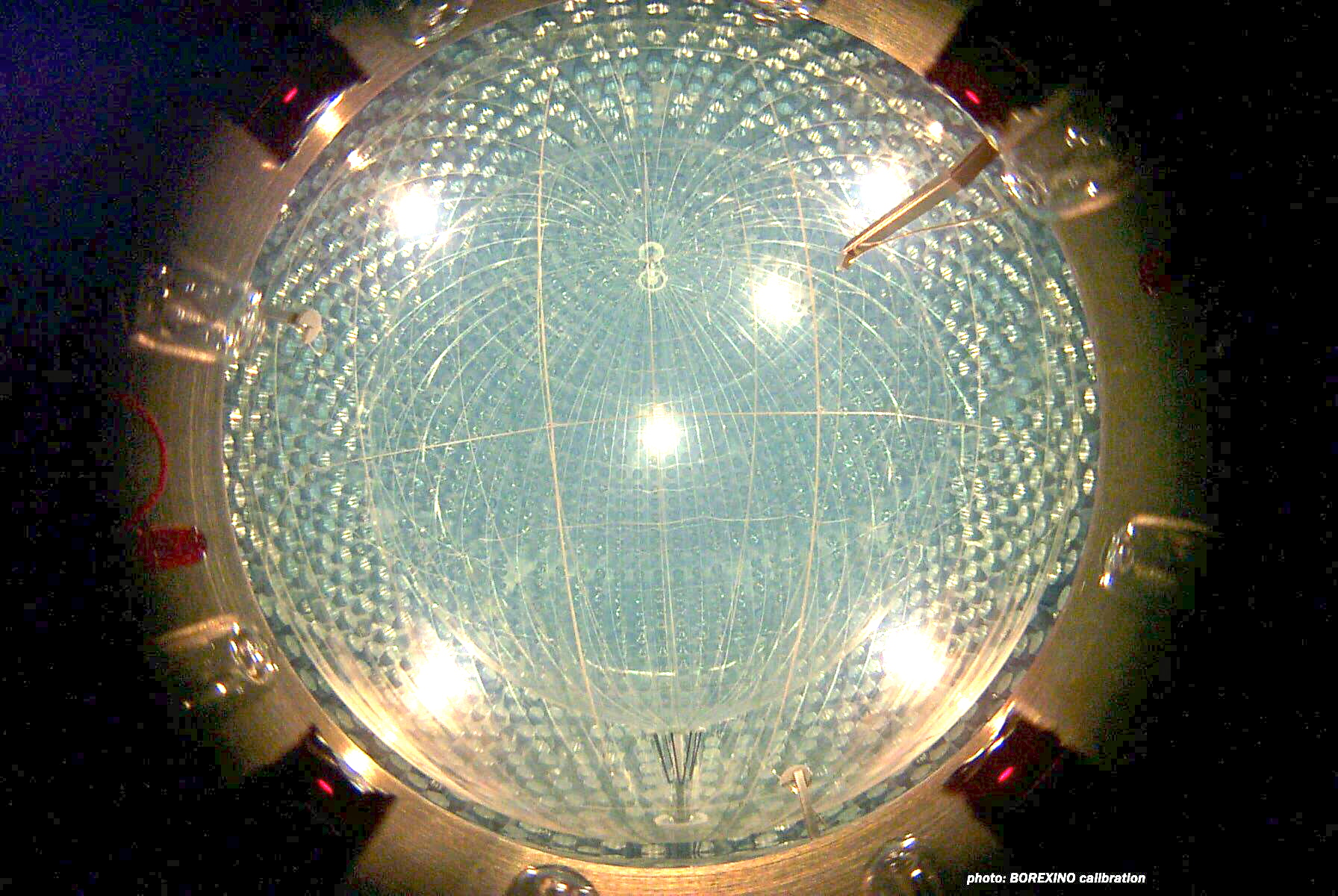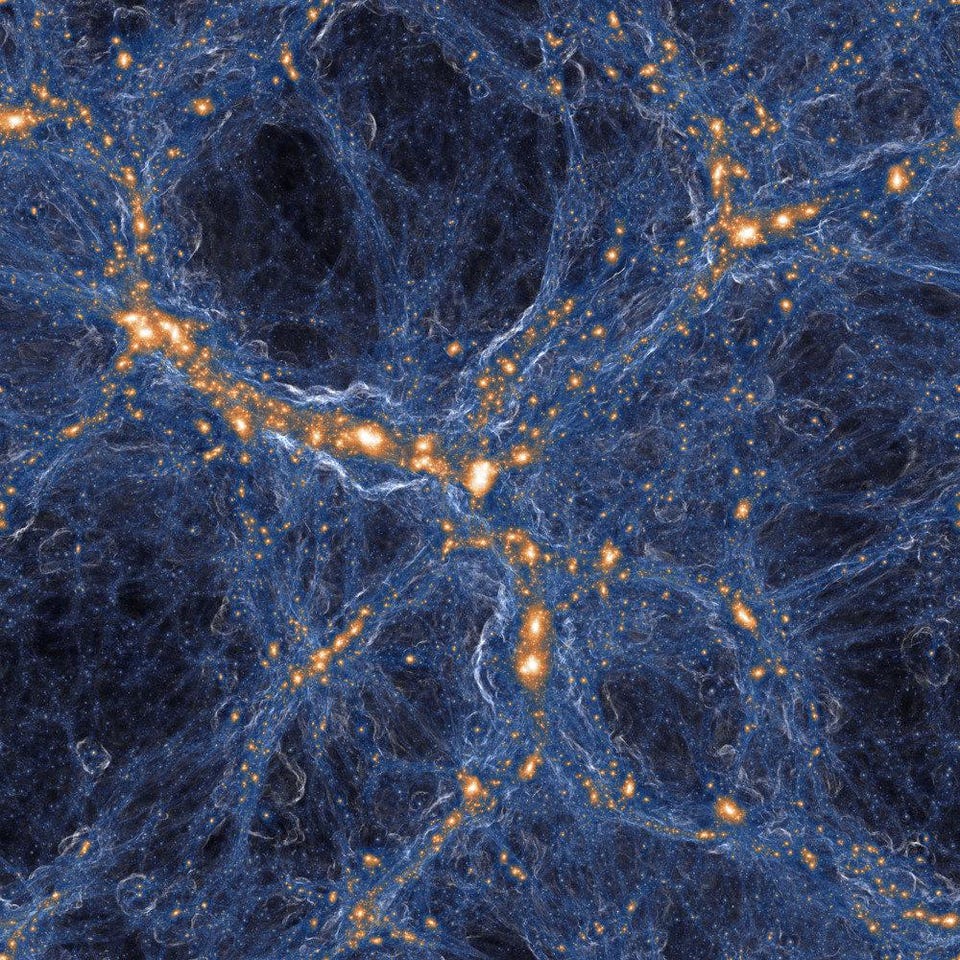Giant ring? Giant arc? These “structures” may not even be real
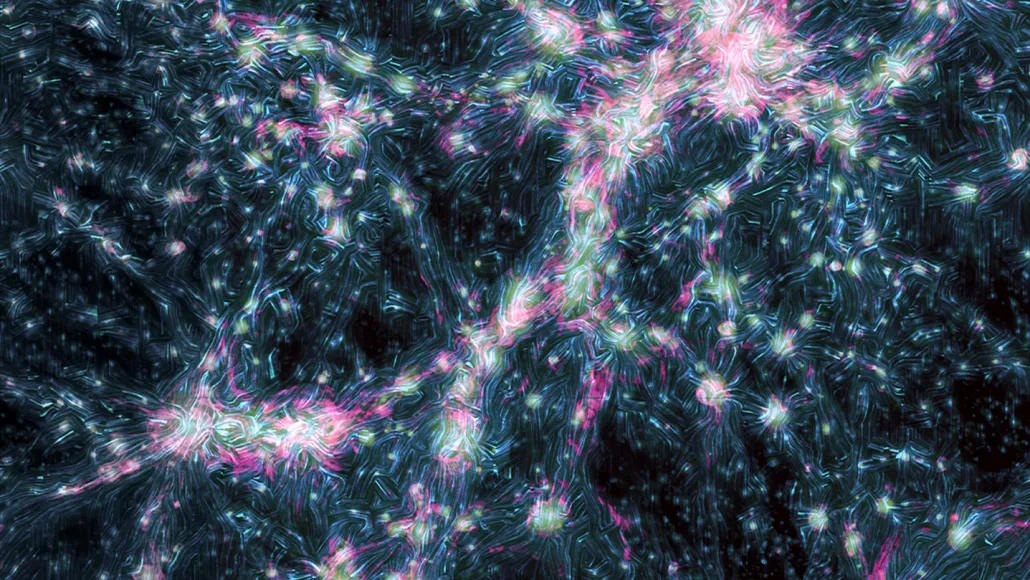
- Recently, a few teams of astronomers have claimed to find giant “structures” in the sky, including rings, arcs, and other groupings, that appear far too large to be consistent with our cosmological model.
- But even calling them “structures” is an unsubstantiated claim, as there is little-to-no evidence that these are anything more than unrelated points we’ve mapped out, connected only by our imaginations.
- While we can be confident that objects do exist where the individual points themselves are located, this in no way suggests that they are structures. Here’s why most astrophysicists are highly skeptical.
How large is the largest structure in the Universe? According to our best understanding of the Universe, the mix of radiation, normal matter, dark matter, and dark energy that we have should lead to a rich cosmic web of large-scale structure, where massive objects — like galaxies — cluster together along filaments, and where those filaments intersect, we should expect to find massive galaxy clusters. In the space between filaments should be great cosmic voids: regions with a great underdensity of galaxies and other forms of matter. We should expect structures, such as walls of galaxies, as large as 1-2 billion light-years to form, while the voids might be as large as 3-4 billion light-years across. On larger scales, we expect the Universe to appear relatively uniform.
But a recently claimed discovery of a giant, ring-like structure some 1.3 billion light-years across and 4 billion light-years in circumference — nicknamed “the Big Ring” — now makes it the seventh claimed structure, along with:
- the Hercules-Corona Borealis Great Wall,
- the Giant GRB (gamma-ray burst) ring,
- the Huge-LQG (large quasar group),
- the Giant Arc,
- U1.11 LQG,
- and the original Clowes-Campusano LQG from all the way back in 1991,
ranging from ~2 billion to ~10 billion light-years in size. While the scientists involved with these structures express little skepticism over their reality, pointing to statistical tests that favor their existence and a violation of the cosmological principle, the majority of the astrophysics community remains unconvinced. Here’s why everyone should take the claims that these structures actually exist with a grain (or more) of salt.

Maps and measurements
The most important rule that any battlefield general often learns — sometimes the hard way — is the lesson that the map is not the terrain. Here in our Universe, that’s absolutely true as well. The maps that we make are fundamentally limited by what our instruments are capable of observing over the time that we’re making these observations. And by the very nature of the enterprise of astronomy, those observations have inherent biases built-in to them.
The simplest of these biases to understand is what’s known as Malmquist bias: the notion that the easiest objects to see are inherently the ones that appear brightest. This means that the intrinsically brightest objects, as well as the intrinsically closest objects (since an object’s apparent brightness falls off as one over its distance squared), are the easiest to see. And there’s an additional caveat here: you’re only seeing the brightest, closest objects in the particular wavelength range of light over which you’re observing.
Malmquist bias is the reason why Hubble found so many more nearby and intermediate galaxies than ultra-distant galaxies, and it’s also the same reason why the ~6000 or so stars visible to the naked human eye are biased toward both nearby and very bright, massive, or evolved stars: we most easily see the things that appear brightest to our instruments.
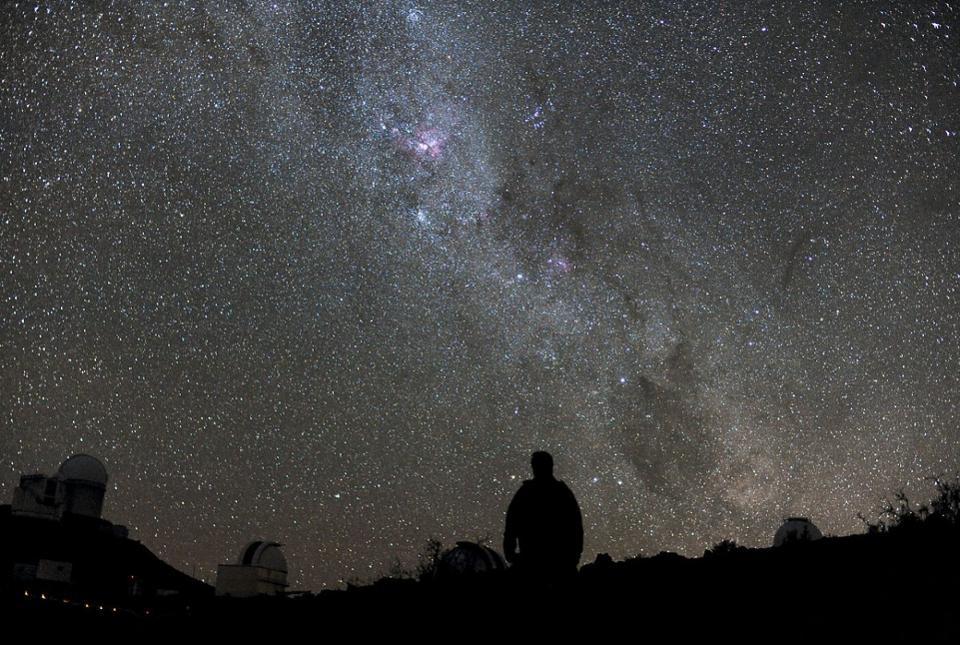
If we wanted to overcome our biases, what we’d most like to do is measure:
- as much of the sky as possible,
- in as comprehensive a set of wavelengths as possible,
- as deeply and as faintly as possible,
in an effort to map out the Universe’s structure without succumbing to the biases inherent to having a limited amount of data.
One way to attempt to create an unbiased (or, at least, a less biased) map of the structure in our Universe would be to make a deep and comprehensive galaxy catalog, where the three-dimensional positions of galaxies could be mapped out to the greatest precisions possible, to as faint a set of magnitudes as possible, all while accounting for how the wavelength of a galaxy’s light changes with respect to its distance from us owing to the expansion of the Universe.
This method — the best one that we possess for creating a (relatively) unbiased structure map of the Universe — has two small problems still associated with them.
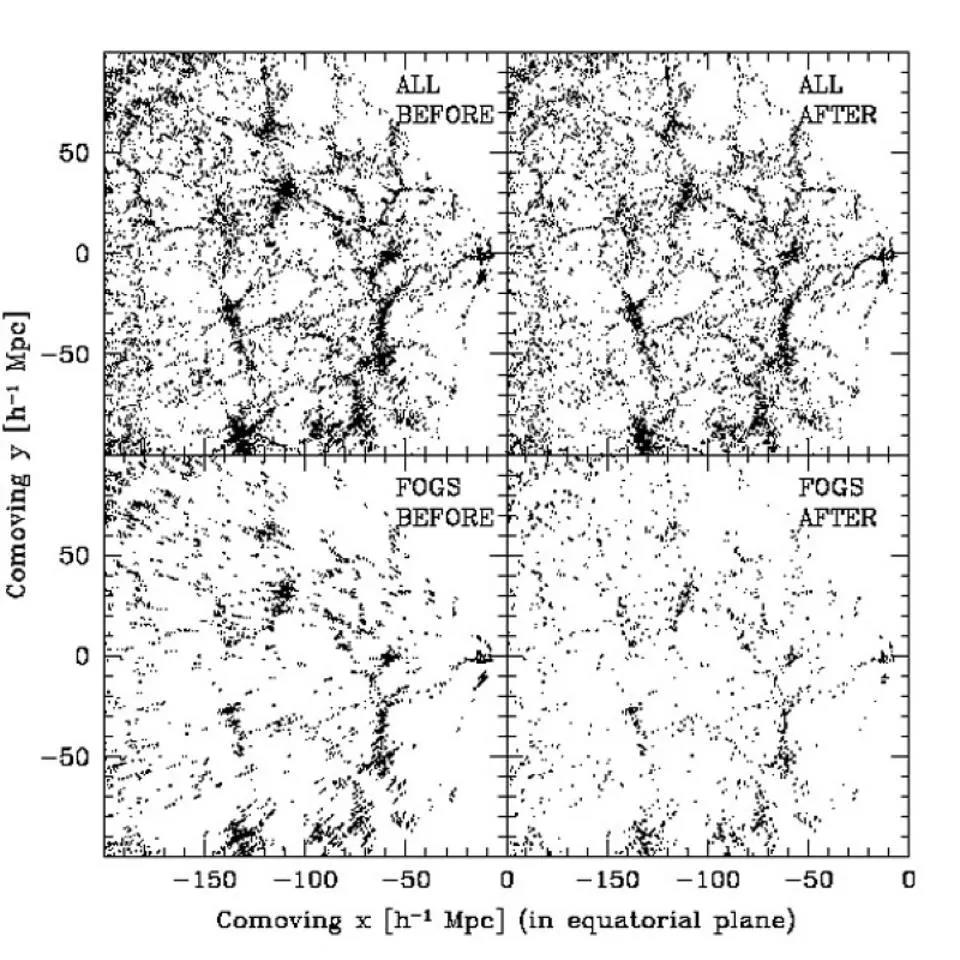
The first problem is illustrated above. When we observe a distant galaxy, we don’t directly measure its distance, but rather measure the light from it and how that light is “redshifted,” or stretched by the expansion of the Universe. The problem is that galaxies also have their light get redshifted (or blueshifted) by the gravitational influence of the other, nearby objects that tug on them. When a large clump of matter (or a great void) is nearby, they can add what’s called a peculiar velocity to that galaxy of up to hundreds or even thousands of kilometers-per-second to their motion, which can bias the inferred distance to them by up to tens or even a couple of hundred million light-years. We have to correct for those gravitational influences: by going from “redshift space” to “real space,” which has its own set of challenges.
And secondly, we have to recognize that we are not capable of making a comprehensive mass map of the Universe through this method, but only a comprehensive map of where the starlight — the stuff visible through our telescopes — comes from. If there are clumps of gas without stars out there, or clumps of dark matter that won’t cause normal matter to collapse or stars to form, these surveys will miss them. The way to overcome that bias would be to construct a comprehensive 3D lensing map of the Universe: something currently beyond our modern scientific capabilities.
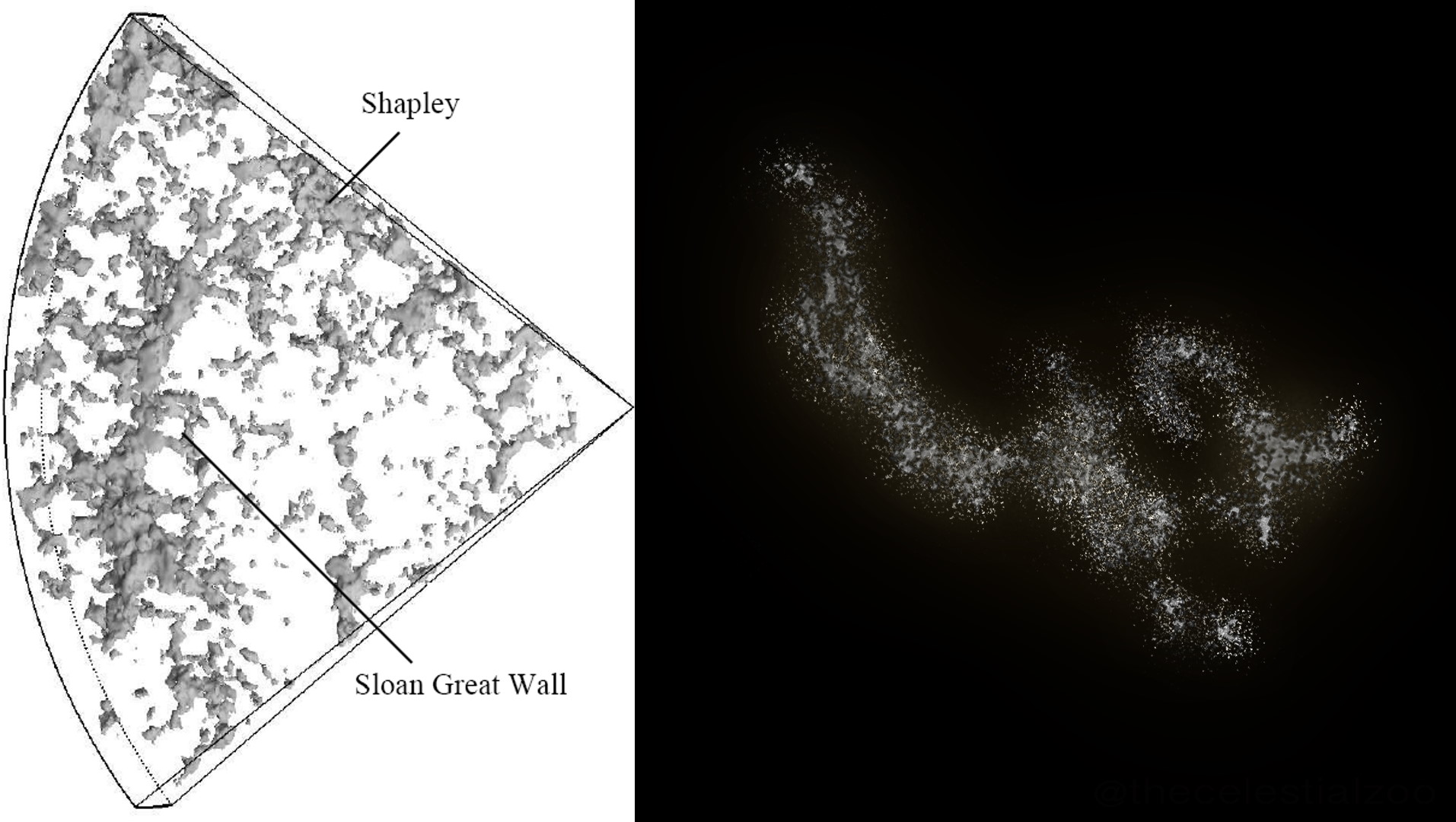
The largest unambiguous structures
When we see a large wall-like or filamentary structure in the Universe, made by mapping out galaxies, we can be certain that these are tracing out at least part of the matter distribution in the Universe. We’ve found, over the past ~40 years, lots of structures ranging from a few hundred million light-years up to about 1.4 billion light-years in physical extent. (Plus or minus that ~200 million light-year figure from the effect of peculiar velocities.) While some of these are actually gravitationally bound structures, the largest of them — including our local supercluster, Laniakea — were formed by gravity and the evolution of the Universe, but aren’t actual structures. Instead, these are phantasmal pseudo-structures: made of many separate bound clumps of matter that will forever be driven away from one another owing to the presence of dark energy.
While the human tendency to “connect the dots” wherever we see adjacent points of light near each other may sometimes lead us to declare that we’ve found a structure when in fact we’ve found:
- a pseudo-structure,
- an association,
- or just non-existent patterns in the noise,
we have to keep our minds open to the possibility that there really could be structures that exist on larger scales than we expect. Large-scale violations of homogeneity (the idea that the Universe is the same everywhere) or isotropy (the idea that the Universe is the same in all directions) would severely challenge the way we conceive of our Universe, so it’s very important that we take any assertions of structures so large that they shouldn’t exist very seriously, but also we should demand a demonstration that these are real structures, not just apparent associations.

The alleged quasar and gamma-ray “structures”
We have other ways of looking at the sky, however, than simply by using optical/infrared light to search for galaxies. Among them, we can:
- use X-ray and radio data to search for active black holes,
- use the 21-centimeter emission line from hydrogen to identify current/recent star-forming regions and galaxies,
- use absorption features (such as that from neutral hydrogen) to identify intervening clouds of matter,
along with many other ways of probing the Universe.
Two methods that are interesting — but importantly, that are not comprehensive — are to look for quasars and gamma-ray bursts. Quasars are the brightest, most luminous class of supermassive black holes in the Universe, and are typically caused by normal matter falling into a supermassive black hole, heating up, getting accelerated, and emitting radiation all across the electromagnetic spectrum. Gamma-ray bursts, meanwhile, are extremely energetic stellar cataclysms arising from supernovae and neutron star collisions (and possibly other events as well) that last anywhere from just a few milliseconds to many hours.
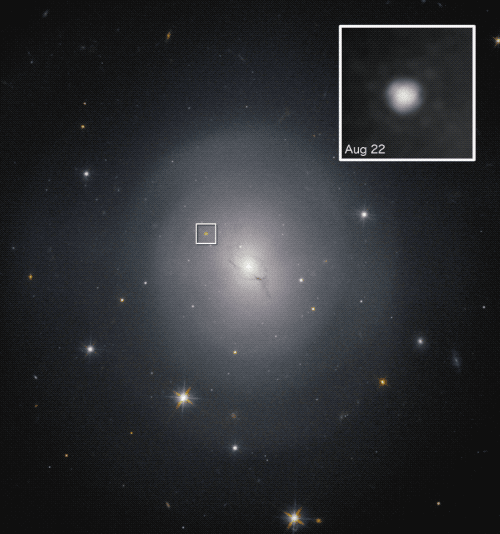
Most galaxies, when we look at them, have neither a quasar at their cores nor have they ever had an observed gamma-ray burst occur within them: these are rare events. Some gamma-ray bursts have been localized to their host galaxies, and appear to inhabit relatively unremarkable galaxies, as though they appear randomly and rarely. Quasars often result from the mergers of massive galaxies, but also are relatively rare: most galaxies that merge do not become quasars.
The first identified grouping of objects that appeared to violate the cosmological principle was the Clowes–Campusano LQG, found in 1991 by Roger Clowes and Luis Campusano. This grouping of 34 quasars, however, could just be 34 random points that are not part of the same structure; we have never mapped out that region and found galaxies in a filamentary network there. Similar LQGs, U1.11 and the Huge LQG, were also discovered by the same group. The gamma-ray burst groupings (discovered by a different group of scientists), such as the Hercules-Corona Borealis great wall and the Giant GRB Ring, have the same deficiencies: they are a few individual points, but whether they represent a connected structure or just are unrelated points is not determined.
Similarly, the two newest structures, the Giant Arc and the Big Ring, were identified by connecting a number of nearby points, picked out by the same group (of Clowes and Campusano) using absorption features. These points were identified by the (biased) signature of singly ionized magnesium: a feature that can be mapped by looking at the absorption features of background quasars as their light passes through the intervening matter when it’s been heated sufficiently, likely by a nearby star-forming region.
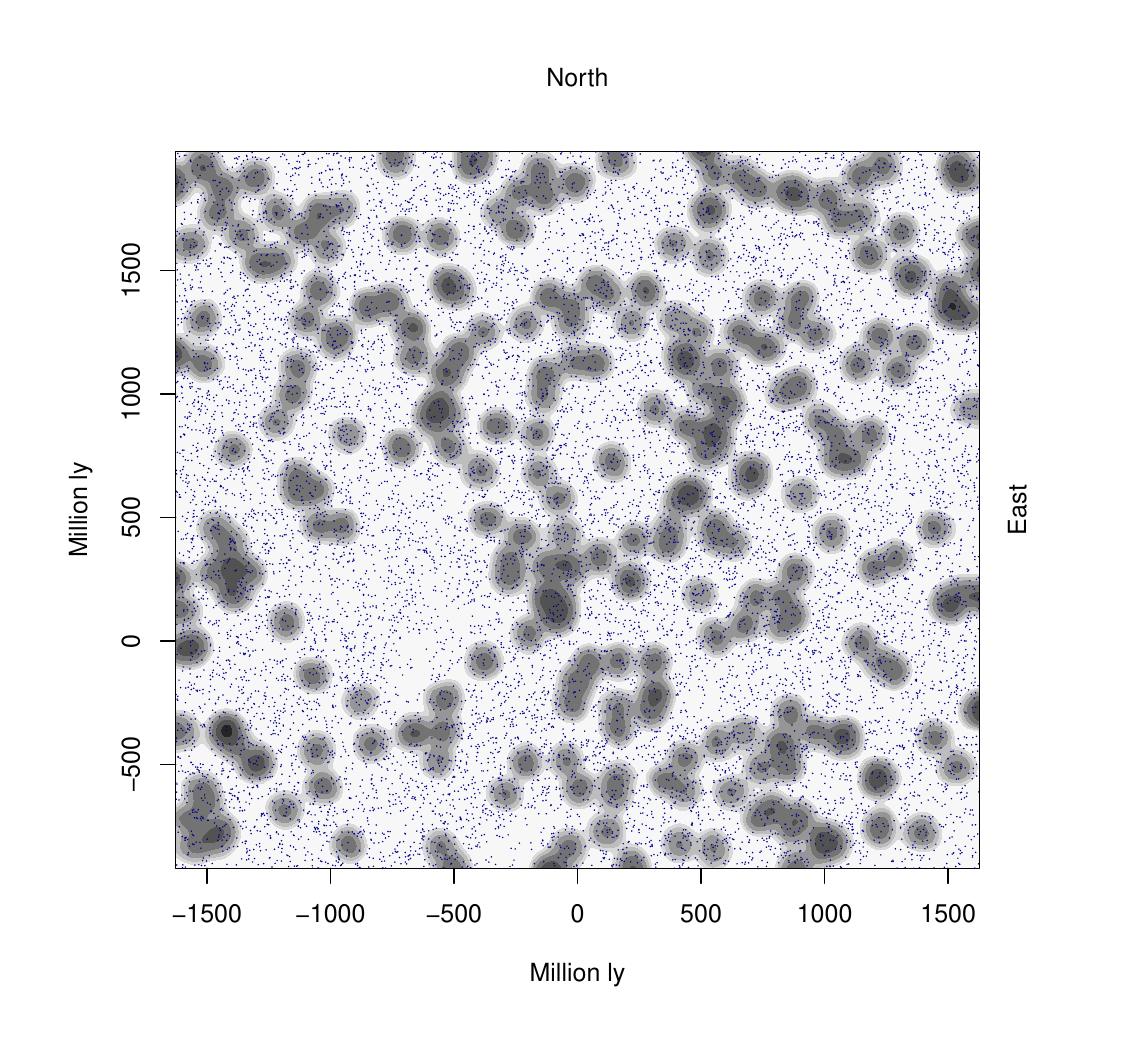
The “rare find” problem
Imagine you were surveying houses in the United States, and rather than mapping out every house there was, you simply mapped out only the houses that were pink mansions. You can easily find several examples, as this description fits one out of every few million buildings. However, if you mapped them out and (erroneously) connected the dots, you might find what appeared to be a pattern to their locations.
Because you are only mapping out such a small set of examples of houses-and-buildings, however, and because that sample is biased, you have to recognize that the map of pink mansions has nothing to do with the true distribution of houses-and-buildings in the United States. Drawing conclusions about how housing, and buildings in general, are structured in the United States from a map where only pink mansions are highlighted is a foolish, poorly thought-out idea.
Similarly, a map of:
- quasar groupings,
- gamma-ray bursts and their associations,
- or ionized magnesium absorption features,
is a terrible proxy for mapping out the large-scale structure of the Universe. These rare finds are not indicative of the underlying, true distribution, and until we map that distribution, we have no reason to believe that these are “real” structures in any sense of the word.
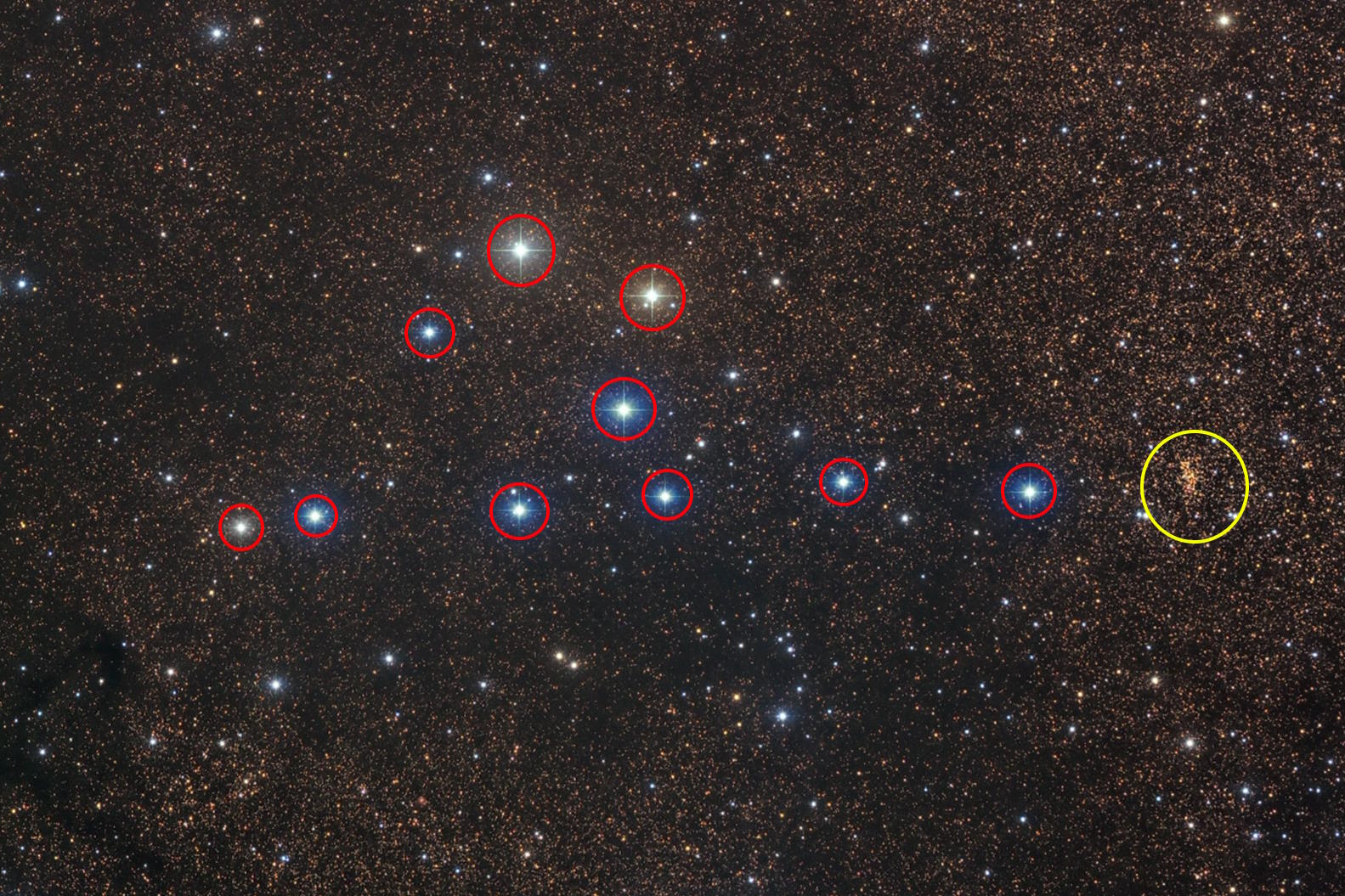
Statistics and our eyes: deceptive and unreliable tools
Take a look, above, at what your eyes would tell you is clearly a coathanger in the sky. This grouping of stars looks like it could be a star cluster, all of approximately the same apparent brightness (within 2 visual magnitudes) and all within a narrow ~1.3° region of the sky. If you were to ask, statistically, what the likelihood of finding 10 stars with these similar properties to one another in the same region of sky were, you would find that this is an outlier of more than 5σ (five-sigma): past the “gold standard” threshold for announcing a new discovery in astronomy and physics.
But a close analysis of these 10 stars that compose the coathanger, also known as Brocchi’s cluster, shows that it really is a chance alignment of unrelated stars. These stars range from 235 to 1735 light-years away, with no two stars closer than ~20 light-years to one another. There is a star cluster in that region of sky, but much farther away: between 4,000 and 5,000 light-years away, all unrelated to the foreground stars, which are all unrelated to one another. We have called it a “cluster” for most of the time it’s been known, but it isn’t a cluster at all. These objects are unrelated, and while both our eyes and statistical analyses may erroneously lead to the opposite conclusion, it just goes to show that a visual inspection and a statistical analysis is no substitute for comprehensive data.
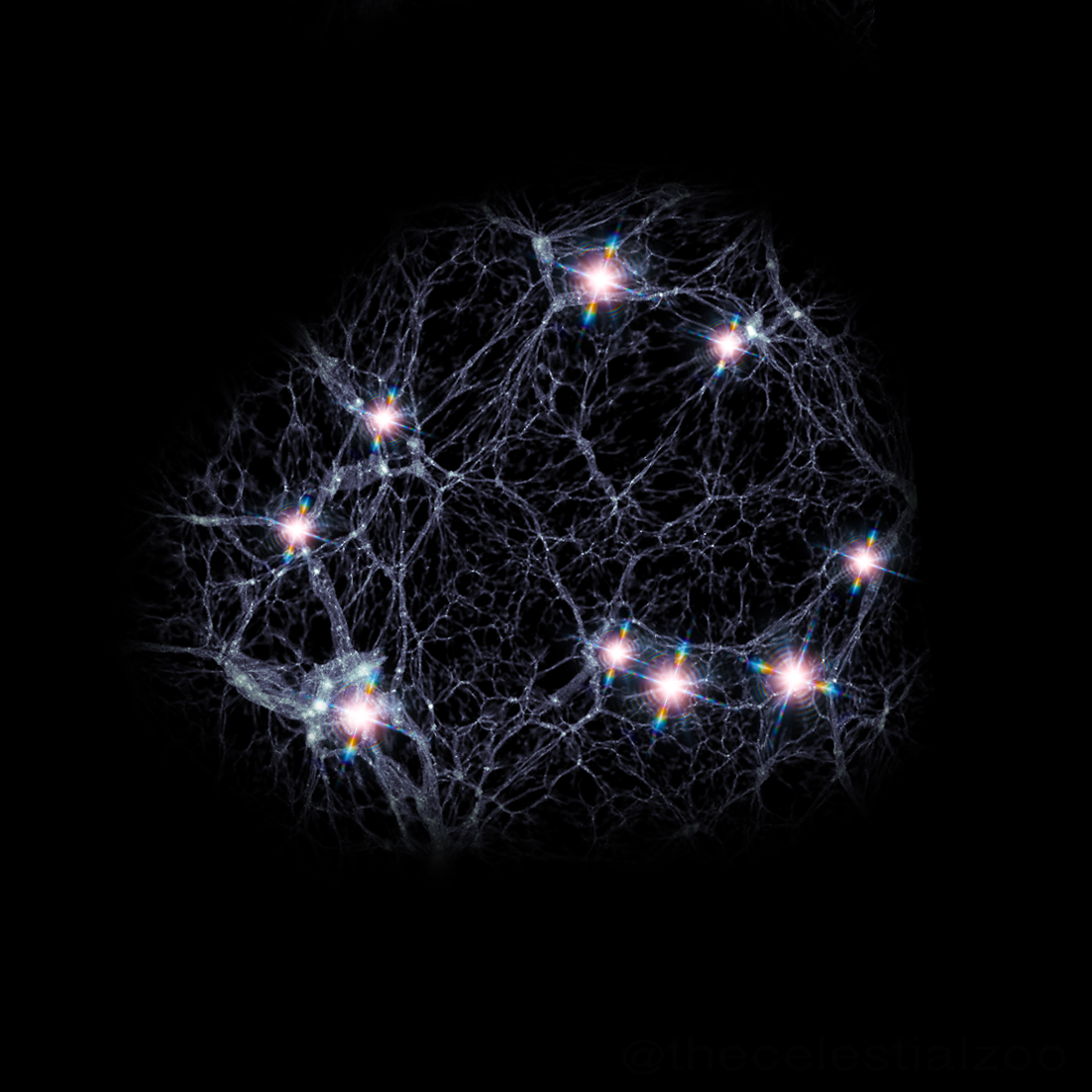
So where does that leave us, as far as the “Giant Arc,” the “Big Ring,” and the other so-called cosmic structures that are “too large to exist?”
If you’re not wedded to being responsible about your science, you’ll talk about the cosmological principle, and how these “structures” violate it. You’ll talk about the scale of homogeneity and how these structures are too big to exist within our Universe, and how that means our concordance model — of the inflationary hot Big Bang with dark matter and dark energy dominating the Universe — must be wrong. You’ll appeal to alternative, even non-viable models and declare that all of modern cosmology’s successes are irrelevant when considering these structures. (And, as a pet peeve of mine, you’ll issue a press release about it without even having a supporting paper available so that others can review your work.)
But if you want to show that these are actually structures, you’ll work to map out the full suite of matter-and-galaxies in this region, and demonstrate that these are not just “points” in the cosmic web, but actual tracers of galactic filaments and genuine structure. Arguing over statistics and types of tests and analyses will never resolve the situation, just as no statistical test could ever tell you the truth about Brocchi’s cluster or the underlying housing distribution based on pink mansions. It takes comprehensive quality data to determine whether a grouping or association is actually a real structure. Until that data arrives, we should all remain appropriately skeptical of claims that these so-called “structures” are anything more than coincidences.


